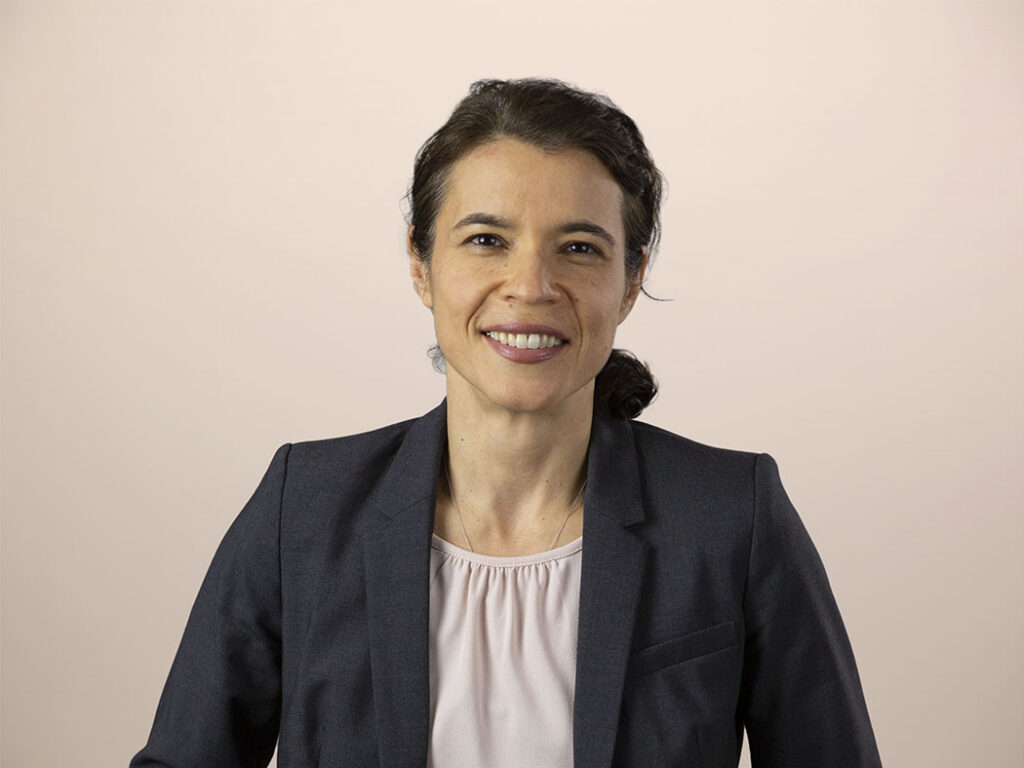2009-2010 Forrester And Disaster Recovery Journal Survey
Two years ago, Forrester and the Disaster Recovery Journal partnered together to field surveys on a pair of pressing topics in Risk Management: Business Continuity (BC) and Disaster Recovery (DR). The surveys help highlight trends in the industry and to provide organizations with some statistical data for peer comparison. The partnership has been a huge success. In 2007, we examined the state of disaster recovery preparedness, in 2008, we examined the state of business continuity preparedness and this year, we examine the state of crisis communications and the interplay between enterprise risk management and business continuity.
We decided to focus on crisis communications because as last year’s study revealed, one of the lessons learned from organizations who had invoked a business continuity plan (BCP) was that they had greatly underestimated the importance and difficulty of communication and collaboration within and without the organization. In any situation, a natural disaster, a power outage, a security incident or even a corporate scandal, crisis communication is critical to responding quickly, managing the response and returning to normal operations.
Organizations approach crisis communication differently. In some organizations, crisis communications is a separate team that works together with BC/DR planning teams to embed communication strategies into BCPs/DRPs and in other companies, BC/DR planning teams do its best to address crisis communication.
For IT operations professionals responsible for Disaster Recovery planning, you of course need to develop an IT recovery strategy but unless you also include a communication strategy in your plans, a successful invocation of your DRP under duress will be difficult.
If you want to take part in the survey, click here.
An executive summary of the results will be available in January 2010 at www.drj.com. I’ll also write a series or reports analyzing the data from industry, company size, and other perspectives on www.forrester.com later in 2010.
Check out Stephanie's research
You should follow me on here
